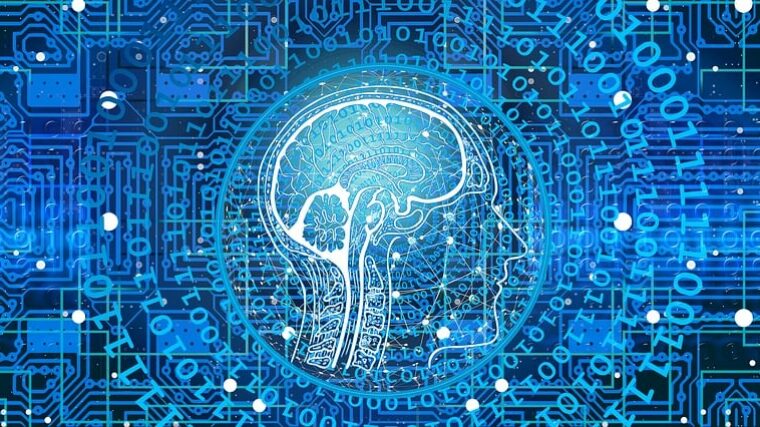Preface
In an era where technology is increasingly intertwined with education, Vaasa University of Applied Sciences in Finland has taken a significant leap. During the fall of 2023, the university integrated artificial intelligence (AI) into its economics curriculum, a move that was inspired by the INCREDIT project. This project, involving a consortium of five universities from Finland, Sweden, and Spain, aims to foster innovation and entrepreneurial skills through interdisciplinary collaboration and integrated learning experiences.
The Vision of the INCREDIT Project
INCREDIT (INterdisciplinary CReative EDucation In deep Tech) is dedicated to supporting the EIT HEI Initiative’s Deep Tech Talent Initiative. It combines interdisciplinary approaches, practice-based collaboration, and a networked learning ecosystem to enhance the capacities of its consortium members. This project represents a pioneering step in bridging the gap between traditional education and emerging technological paradigms.
AI in Economics Education at Vaasa University of Applied Sciences
At Vaasa University of Applied Sciences, the use of ChatGPT as an AI tool in economics education was particularly groundbreaking. The AI’s role extended beyond just a teaching aid; it served as a coach in structuring the final exam paper, which revolved around the study of a proposed tax reform in Finland – the Value Transfer Tax (VTT).
The Value Transfer Tax (VTT) and Its Economic Implications
The VTT proposes a radical overhaul of the Finnish tax system, suggesting the replacement of existing approximately 140 different taxes with a single tax. This tax, levied at 10%, would be applied to all monetary transactions and collected when ownership of the money transferred is completed. In practice this would occur when the money is credited to the recipient’s bank account. Students, facilitated by AI, explored the multifaceted implications of this tax reform.
The VTT’s potential impact on the Finnish economy was found to be substantial. It not only promised to radically simplify the tax system but also posed questions about its effects on consumer spending, business investments, government revenues, and international trade. AI tools helped students dissect these complex relationships, analyzing how a universal transaction tax could influence economic behaviors and the broader market dynamics.
AI as a Collaborative Tool in Economic Analysis
In this course, AI transcended its role as a mere information provider. ChatGPT was instrumental in guiding students through the process of structuring their research and arguments for their final papers. This involved not only the translation of lecture materials to Finnish but also assisting students in developing a coherent framework to examine the VTT’s implications.
The AI’s ability to process and analyze large volumes of data provided students with nuanced insights into economic theories and real-world applications. It encouraged a deeper exploration of topics, fostering critical thinking and collaborative learning. Students utilized AI to simulate economic models, predict outcomes, and evaluate the potential consequences of the VTT on various economic sectors.
Conclusion
The integration of AI into the economics curriculum at Vaasa University of Applied Sciences represents a significant stride in educational innovation. It exemplifies how technology, particularly AI, can be harnessed to enhance learning experiences, making complex subjects like economics more accessible and engaging for students. This approach not only prepares students for the challenges of the modern economic landscape but also equips them with the skills to navigate and shape the future of technology-driven economies.


